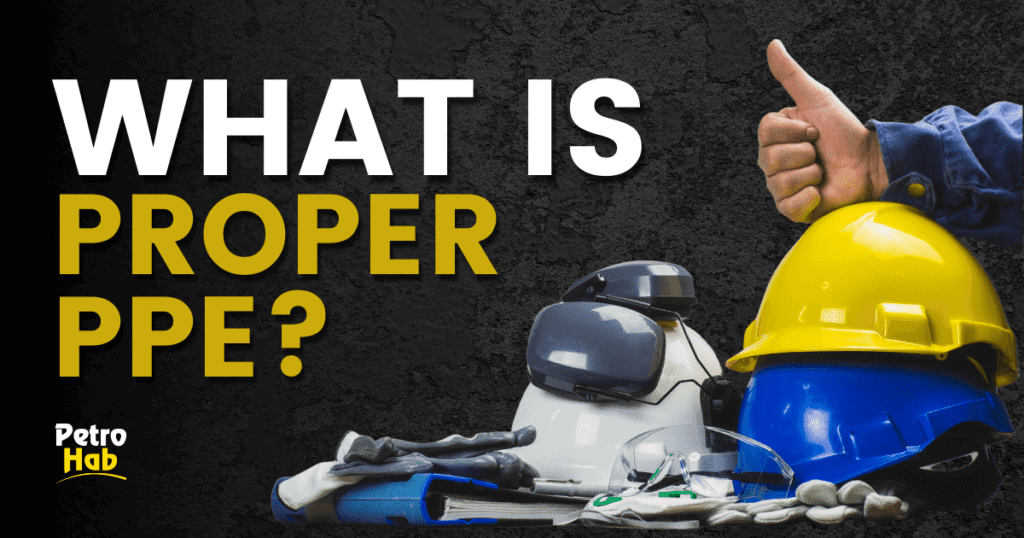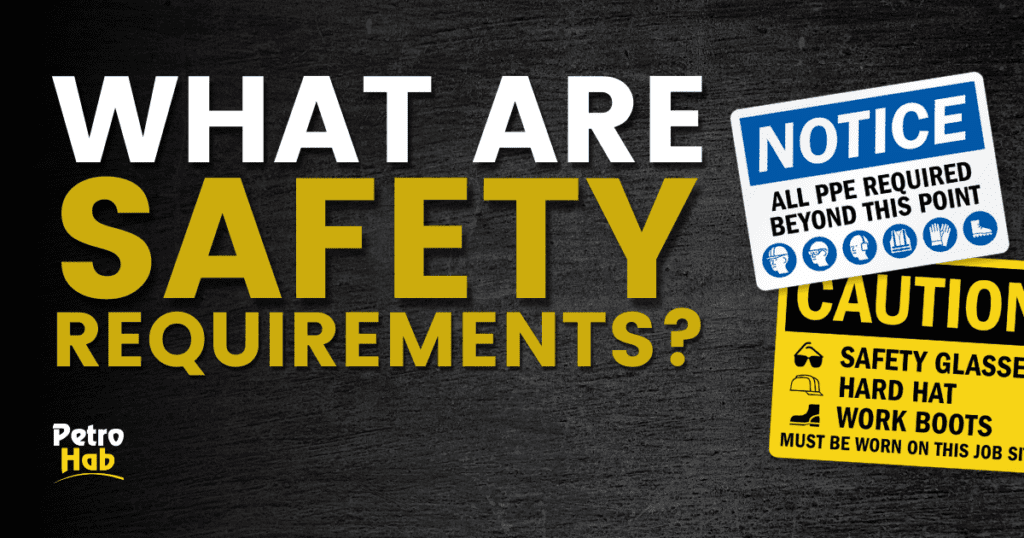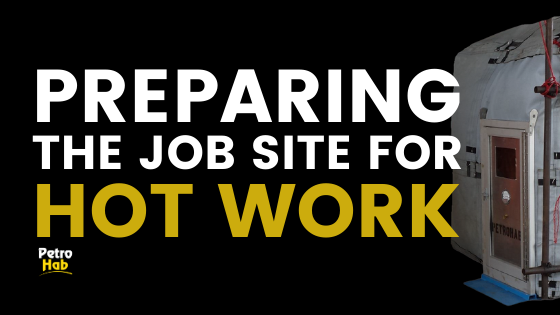Safety
Positive Pressure Enclosures in Laboratories: Essential Tools for Safety and Sterility
Safety is paramount when it comes to laboratory environments, particularly those that handle hazardous materials. Whether you’re working with dangerous chemicals or need to maintain a sterile environment, positive pressure enclosures ensure everything stays controlled and contamination-free. But what exactly do these enclosures do, and why should laboratories invest in them? The Role of Positive…
Read MoreHot Work Safety: Identifying And Mitigating Risks In The Hazardous Workplace
Hot work operations, including welding, cutting, and grinding, are integral to various industrial sectors. However, these activities pose significant risks if not managed properly. Ensuring hot work safety is crucial to preventing accidents, injuries, and fatalities in the workplace. This blog will explore the essential aspects of hot work safety, identifying common hazards, and discussing…
Read MoreHow To Get A Safety Shutdown System For Hazardous Facilities
In industries with elevated risks, such as oil and gas, underwater construction, and aerospace, prioritizing the safety of both personnel and assets is of the utmost importance. Implementing a robust safety enclosure, also known as an emergency shutdown system, is foundational to achieving this objective. This system is pivotal in swiftly responding to hazardous situations,…
Read MoreSigns Your Offshore Operations Requires Pressurized Habitats
As companies strive to meet deep-sea exploration and extraction demands, the need for advanced technologies becomes increasingly apparent. Pressurized habitat systems offer a crucial solution, providing a controlled environment for workers in the harsh ocean depths. Recognizing the signs that your offshore operations require pressurized habitats can significantly enhance safety protocols and operational effectiveness. The…
Read MoreNavigating Risks In Manufacturing: Flammables And Noxious Gases
Navigating risks in manufacturing, particularly those associated with flammables and noxious gases presents a significant challenge. These hazardous substances can threaten worker safety, equipment integrity, and the environment if not handled with utmost care and adherence to safety protocols. In environments where precision and potential hazards converge, ensuring the implementation of effective safety processes becomes…
Read MoreProtecting Yourself with Proper Personal Protective Equipment (PPE)
A large part of keeping the job site safe is protecting yourself and your fellow workers. All personnel exposed to hazards created by hot work operations need to be protected and shielded head to toe by PPE. Keep reading for critical pieces of PPE necessary to protect yourself. Auto-Dimming Helmet Helmets with an auto-dimming feature…
Read MoreJobsite Safety Certifications and Training
Safety certifications and training programs prepare personnel to work on a job site, avoid hazards, and properly handle accidents that may occur. If you are preparing for a job, this is information that you will need to know. Your employer will require safety training, and some may even provide it. Keep reading to learn more…
Read MoreRecognizing and Mitigating Potential Hazards
When hot work is introduced to a job site, hazards are sure to come with it. Although some hazardous materials serve a functional purpose in completing tasks, they cannot be in the area when hot work is taking place. According to the hazard alert, “between 2005 and 2015, there were 85 deaths from fires or…
Read MoreFire Precautions in Hot Work
Before hot work begins, it is best to have a plan. The job site should be inspected for potential hazards and secured for safe operations. Continue reading for items to keep in mind while preparing to perform hot work safely. Is There a Need for Hot Work? First things first, hot work should only take…
Read More7 Hot Work Safety Tips
There is one thing that all hot work jobs have in common – the danger! Hot work needs to be well planned and implemented to ensure workers’ safety because of the inherent risks. Below are some key ways to protect your team from the dangers of the job.
Read More




